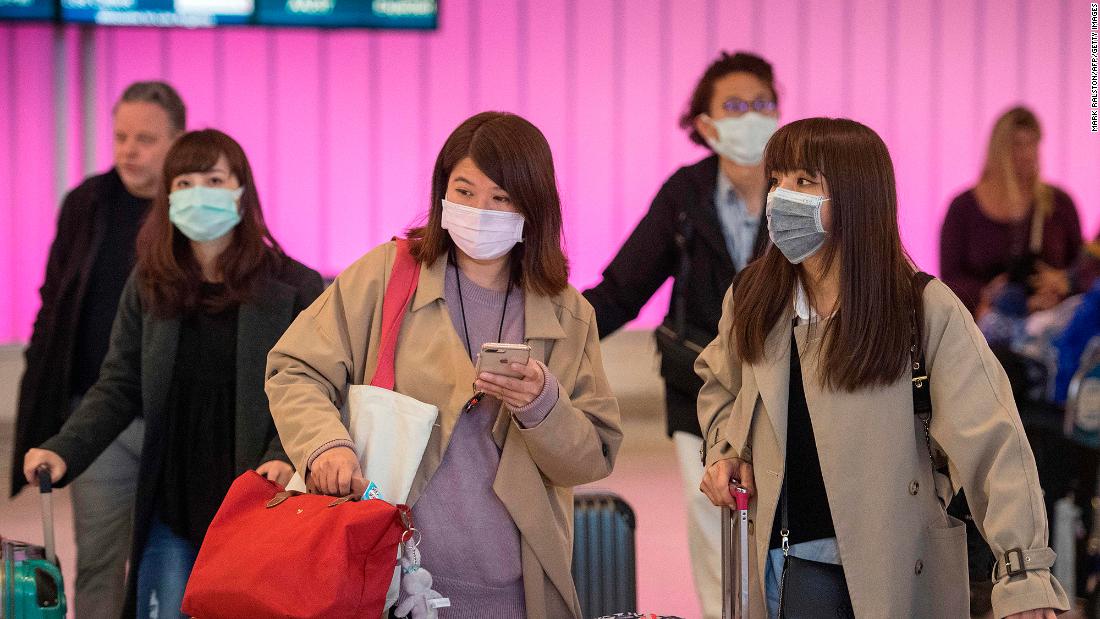
This is big news. In plain English, it means that nearly half of the initial infections in this hospital appear to have been spread within the hospital itself. This is called nosocomial transmission. (Doctors use big words to hide bad things: Nosocomial means caught it in the hospital.)
What's more, most spread doesn't appear to have been the result of a so-called "super-spreader event," in which a single patient transmits infection to many other people. In these events, a procedure such as bronchoscopy -- where a doctor inserts a tube into the patient's lungs -- can result in many infections.
This would be a concern, but not nearly as much as what appears to have happened: Many health care workers and many patients got infected in many parts of the hospital. What's more, since there's a broad spectrum of infection and only patients who were sick were tested, it's quite likely that there was even more transmission in the hospital.
So, like SARS and MERS -- other coronaviruses -- before it, the Wuhan coronavirus is spreading in hospitals.
What does this mean?
The virus appears to be quite infectious, health care workers are at especially high risk, and we urgently need more information about just how infectious the virus is. The virus might well be impossible to contain -- just as the common cold and influenza can't be stopped, but the health and societal impacts can be blunted.
China's extraordinary efforts to stop the spread of the virus, even if unsuccessful, may slow its spread and improve China and the world's ability to limit the harm the virus causes.
What do we need to do now?
We must protect health care workers and others who care for sick people. This is done through a hierarchy of controls: source, engineering, administrative and personal.
Source controls include encouraging patients who are only mildly ill to not expose others; requiring all people who are ill to wear face masks; limiting hospital attendance by visitors who may be infectious; ensuring that ill health care workers don't work; and minimizing the number -- and ensuring the safety of -- risky procedures such as bronchoscopy and sputum induction, by performing them only in isolation rooms.
Engineering controls include putting partitions in triage areas, making sure potentially contaminated air is not recirculated and surfaces are cleaned meticulously, and implementing additional precautions for suspected cases.
Administrative controls include asking all patients if they have symptoms and taking their temperatures; requiring those with cough or fever to wear a face mask, and isolating them from others at least by several feet until they are more thoroughly assessed. It's especially important to recognize all potentially infectious patients quickly and to implement strict infection control procedures and early in all areas of all health care facilities.
Personal controls include hand washing and respiratory hygiene. But mask use by the general public -- people without symptoms who are not caring for others -- has little or no benefit and potentially great harm if people who need masks can't get them. Masks will be in short supply. The most important use is for health care workers and those caring for ill patients. In health care settings, safely reusable respiratory protection that can be disinfected can be crucially important. Useful products include personal air-purifying devices and elastomeric respirators. Patients also must be able to cover their mouths to reduce spread of infection.
What more do we need to know?
We are learning more, but unfortunately, the answer is, a lot.
China has been working hard to keep up with the testing, care and social impacts of the virus. It's good to see crucial epidemiological information starting to emerge.
We still don't know the basics about who has been tested, what proportion are positive, how this is changing over time, and what the positivity rates are by location, week of testing and patient age. This is basic information. As just one example: How many children have been tested? Does the fact that there have been few infections in children reflect a lack of testing or a lack of infection?
Among those who test positive, what proportion do and don't develop severe disease, analyzed by age, sex and underlying medical conditions? What proportion die, analyzed by the same factors?
Among all patients using selected health facilities in Wuhan and elsewhere, what proportion of those with a cough have infection, as confirmed by polymerase chain reaction (PCR) testing of nasopharyngeal swab samples? What proportion of those without a cough have novel coronavirus infection confirmed by PCR testing?
The answers to these questions will help determine whether the virus is already circulating widely (i.e., has become endemic and can't be stopped), what proportion of all with infection have serious illness, and whether the epidemic is peaking or not.
Where is the novel coronavirus going next?
Only time will tell. The next few days and weeks will determine:
- If sustained transmission begins in other countries, which unfortunately seems likely.
- If it does, whether it can be contained, which unfortunately seems unlikely.
- How severe the illness is among those who are infected, which we still don't know.
Until we know this critical information, we won't be able to assess how bad this novel coronavirus is going to get and which control measures have the best chance of slowing spread.
"how" - Google News
February 09, 2020 at 02:35AM
https://ift.tt/38cCBmL
New study an eye-opener on how coronavirus is spreading and how little we know - CNN
"how" - Google News
https://ift.tt/2MfXd3I
Bagikan Berita Ini















0 Response to "New study an eye-opener on how coronavirus is spreading and how little we know - CNN"
Post a Comment